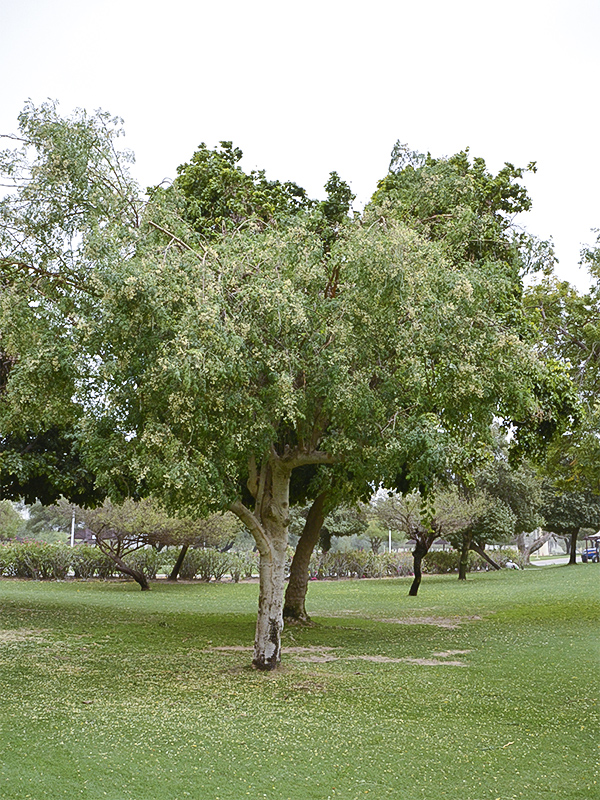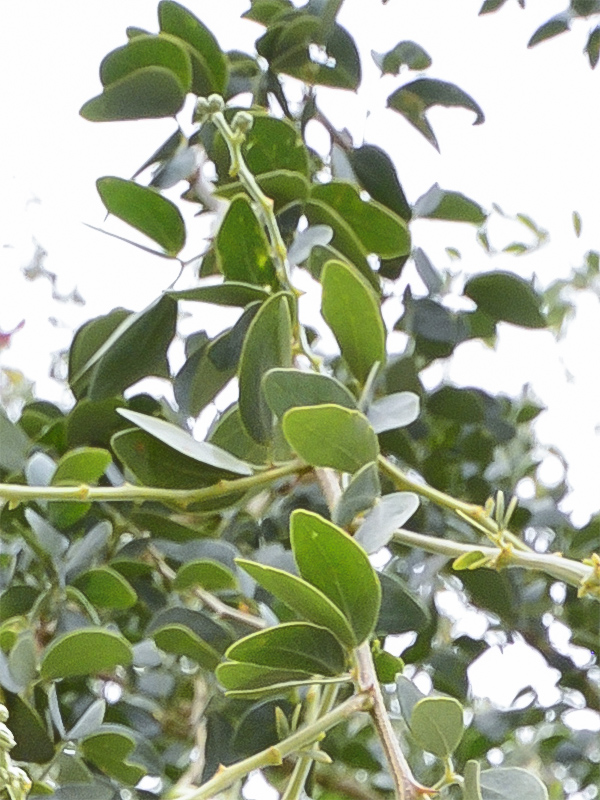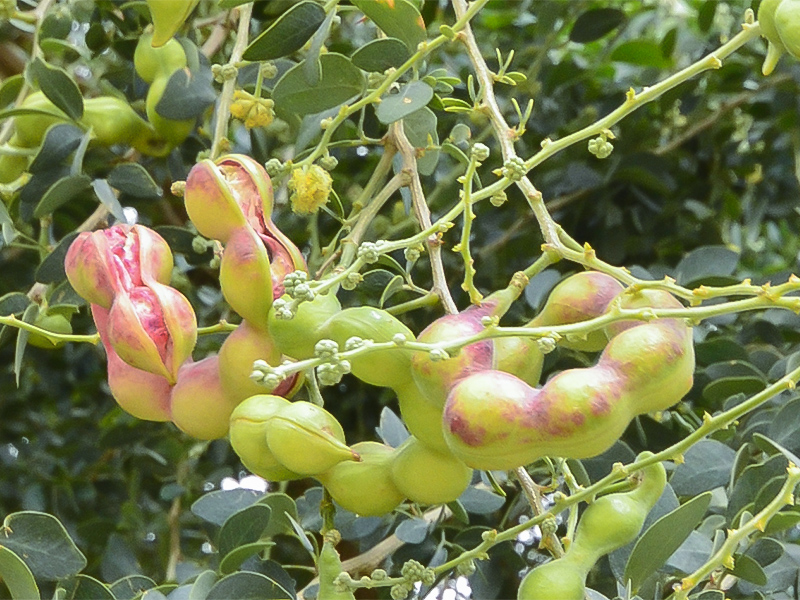| Shape | Large rounded crown. |
| Landscape | Fruit tree, accent tree, mass plantings, large tropical landscapes, warm climate landscapes, warm city and courtyard gardens or as a specimen. |
| Propagation | Seed. |
| Cultivation | Plant in full sun to partial shade in warm, moist, well-draining, slightly acidic soil rich in nutrients. |
| Habitat | Tropical woodlands. |
| Bark/Stem Description | Smooth woody bark with occasional vertical scars along the trunk. New growth and leaf stems are smooth, slightly waxy and glabrous. |
| Leaf Description | Small, obovate oppositely-arranged leaves that grow along vine-like leaf stems and branches. |
| Flower Description | Small inconspicuous flowers in terminal clumped tufts. |
| Fruit Description | Seed pod tamarind fruit that, when young, are fresh and vivid. When mature, the husk darkens and hardens into a woody consistency, further exposing the large bean-like seeds inside. |
| Colour Description | Medium green to emerald green foliage. Leaf stems are light to pale green. Bark and mature branches are a pale grey-tan colour. Flowers are a pale greenish-yellow. Tamarind fruit, when young, are shades of yellow-green with tinges of red. When mature, the fruit husks brown and expose the black seeds inside. |
| Texture Description | Medium. |


